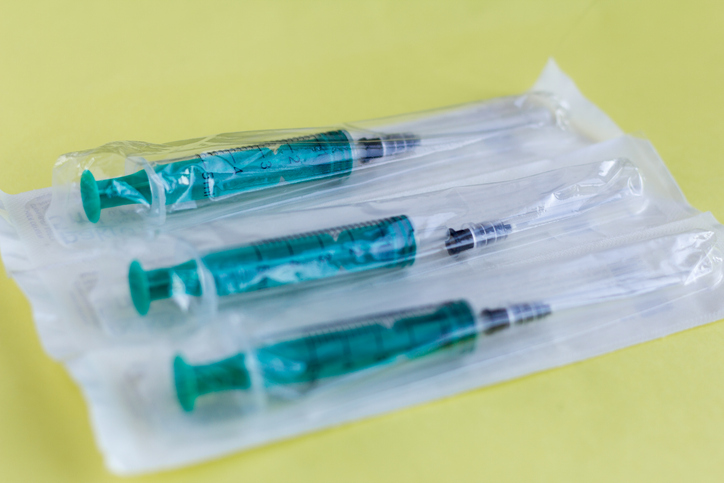The Complete Guide to Creating CO2 Sterilization Packaging
CO2 sterilization, also known as supercritical carbon dioxide sterilization, is a low-temperature method that utilizes carbon dioxide in its critical state as the sterilizing agent. Carbon dioxide is brought above its critical point, where it then has high diffusivity and low surface tension. After being combined with an oxidizing additive like peracetic acid or hydrogen peroxide, the mixture can penetrate packaging materials, where it then sterilizes the product inside.
CO2 sterilization has become increasingly popular as other sterilization methods, like ethylene oxide, have come under fire for potential health hazards and EPA implications. CO2 sterilization likely features fewer risks than ethylene oxide sterilization and does not require an outgassing period. While ethylene oxide may not be completely replaced for some time, critical CO2 sterilization has been proving itself as a potential alternative. In fact, Tony Eisenhut, CEO and co-founder of NovaSterilis, notes that it’s been used for decades in a recent interview with MDDI.
“Our scCO2 sterilization platform has been used commercially in the tissue banking industry since 2008,” Eisenhut said. “There have been well over 300,000 devices implanted in humans over that period without any reported adverse reactions (relative to sterilization).”
CO2 sterilization may be a process more companies look to as time goes on. If you’re thinking about using this sterilization method, there are a few things to keep in mind as far as packaging goes.
Key Considerations for CO2 Sterilization Compatible Packaging
Material Selection
When it comes to CO2 sterilization, the proper packaging material is a must. Choose materials that are chemically inert to CO2. This might include Tyvek, polypropylene, and other materials. No matter what you choose, the material should withstand the pressure and temperature conditions of this sterilization process. An experienced packaging manufacturer can help you understand what’s right for your needs.
Design Considerations
Seal integrity and pressure resistance are huge considerations for this kind of packaging. Seals must maintain integrity under pressure, which is why many businesses opt for heat-sealing options. Additionally, the packaging must be able to resist deformation under pressure, which might require reinforcing ribs or thicker walls. The right packaging manufacturer can help you decide what’s best for your application.
Regulatory Compliance
Most sterile packaging — like sterilization pouches — is considered a Class II medical device by the FDA. It requires a 510(k) clearance in order to prove safety and effectiveness. Additionally, sterile packaging must comply with standards like ISO 11607-1 for sterile barrier systems. Just like with the design and material selection, an experienced packaging manufacturer can help you meet these requirements.
Work with PPC Flex for Your Packaging Needs
At PPC Flex, we have decades of experience working with businesses to meet their sterile packaging needs. As an advanced flexible packaging manufacturer, we’re focused on providing purposeful, powerful packaging solutions for the healthcare, pharmaceutical, and other industries. When you work with us, you get a team of individuals who work tirelessly to design, manufacture, and ship the right packaging for your needs.
Our agile and experienced approach allows us to manage complexity so you don’t have to. Leave your packaging to us so you can focus on other revenue-generating tasks. From initial design to final shipment, we’ve got you covered.
Let’s Get Started
Want to learn more about what we can do for you? Our team is standing by to answer questions and provide you with a quote. Reach out to us here.
